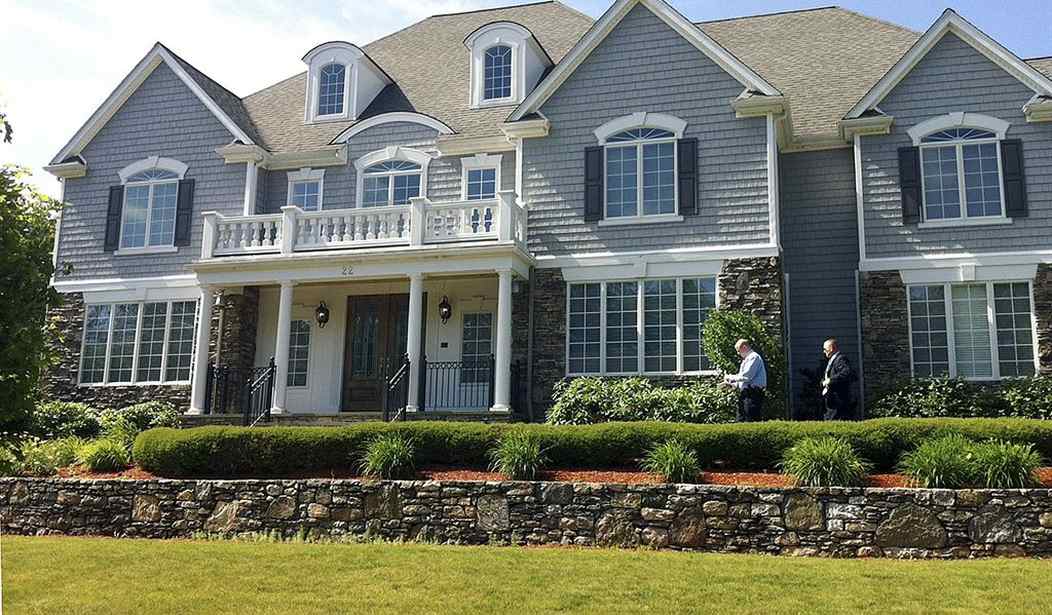If you’ve been trying to relocate over the past year or two, you know how hot the residential real estate market has been. Homes have been routinely receiving multiple offers and selling above the asking price since at least this time last year.
Several factors drove the boom in home sales. A major one was the official reactions to COVID-19, which had profound cultural repercussions. One of these was that many people realized they would be spending a lot more time at home and decided to find a place they loved.
The U.S. Census Bureau reports that “In many cases, there was a shift from larger, more populous counties to medium and smaller ones.” COVID was an undeniable factor in this trend, as city dwellers suddenly understood the health perils of living cheek-to-jowl in a large, concentrated population when there was a new virus in town. Others quickly wearied of mask mandates and vaccine passport requirements and fled for more elbow room and liberty.
Soaring violent crime — the result of lax liberal enforcement policies as well as spikes in job loss and mental illness from COVID shutdowns and lockdowns — was another factor in the flight from urban to suburban and exurban areas in 2020 and 2021.
Additionally, white-collar workers who could suddenly work remotely not only kept their income but realized they could live pretty much anywhere. “Cottagecore” became a thing, and the hunt for the “dream home” was on.
Because of the catastrophic damage the shutdowns did to the economy, the Fed kept interest rates low, and resulting easy mortgage terms kept the housing market hot. But now, it looks like the party may be over soon. Things have changed.
First, COVID restrictions have finally been phased out almost everywhere, and people who love the rich culture and plentiful choices of urban areas are staying put.
But perhaps more impactful have been the recent economic changes. Most notably, inflation has taken off like a rocket in the past year, in response to supply chain crunches, shortages of labor and materials, and trillions of extra dollars dumped into the economy by Spendocrats. Now, people simply haven’t got as much to spend on real estate as they did a year ago.
Related: Will Anything Be Left of the U.S. After Biden Is Done With It?
In an effort to pump the brakes on runaway inflation, on March 16, the Fed approved the first rate hike since 2018 and promised more to come. Inflation-poor homebuyers could now afford even less house, as mortgage rates began their climb.
On Friday, the National Association of Realtors (NAR) released pending home sales numbers (i.e. signed contracts to purchase a home) for February, highlighting the fourth consecutive monthly decrease in what is likely to become a long-term downward trend. Pending home sales were down 4.1% in February compared to January and 5.4% compared to February of last year.
In its coverage, CNBC noted:
Since this count is based on signed contracts in February, when mortgage rates really started to take off, it is a strong indicator of how the market is reacting to the new rate environment, especially as it is entering the crucial spring season.
Rates began rising in January and continued sharply higher in February. The average rate on the 30-year fixed mortgage is now more than a full percentage point higher than it was one year ago.
NAR chief economist Lawrence Yun, on the other hand, blames the weaker sales on a market that remains extremely tight. “Buyer demand is still intense, but it’s as simple as ‘one cannot buy what is not for sale.'”
Yun suggested a glimpse of the residential market’s future. “It is still an extremely competitive market, but fast-changing conditions regarding affordability are ahead,” he predicted. “Consequently, home sellers cannot simply bump up prices in the upcoming months, but need to assess the changing market conditions to attract buyers.” In practical terms, Yun says, “The surge in home prices combined with rising mortgage rates can easily translate to another $200 to $300 in mortgage payments per month, which is a major strain for many families already on tight budgets.”
The only region that saw a month-over-month increase in pending sales was the Northeast, which was up 1.9% from January but down 9.2% from a year ago. (Much of this is explained by intrastate migration out of cities.) The South recorded the next best numbers, with 4.4% fewer monthly and 4.3% fewer annual sales. Sales in the West were down 5.4% from January and 5.3% compared to February 2021. The Midwest lost 6% of sales from the previous month and posted 5.2% fewer from the same time last year.
If you’ve been keeping your powder dry, waiting for a good real estate deal, you’ll probably have to wait a bit longer until the higher rates eventually drive prices back down.










Join the conversation as a VIP Member